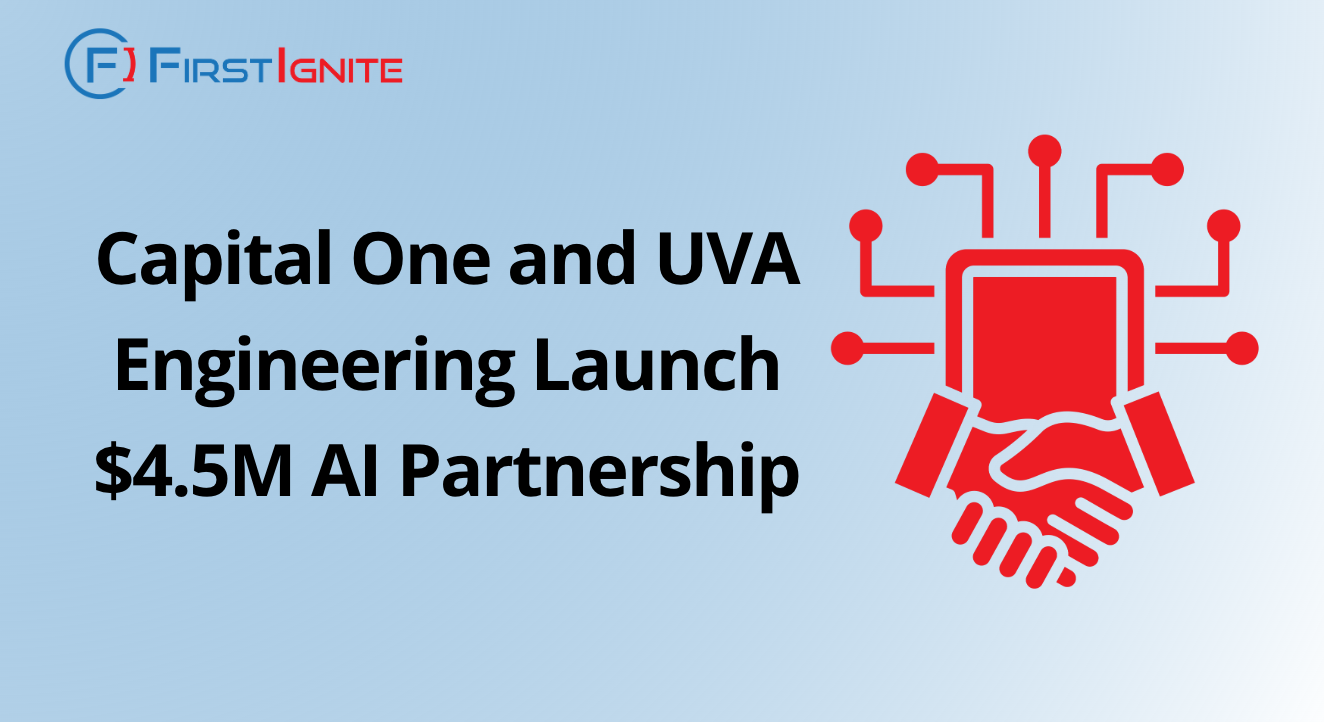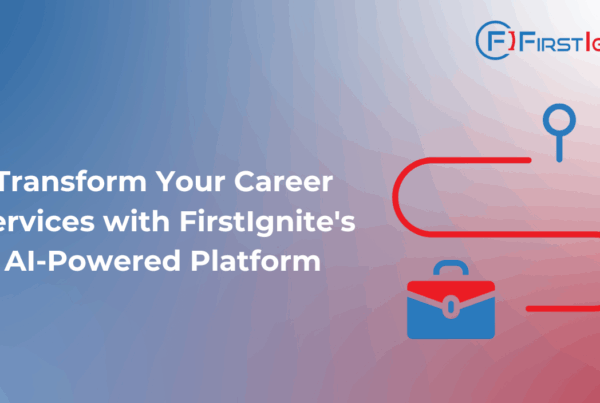
The integration of Artificial Intelligence (AI) into corporate R&D is transforming innovation across sectors. AI is evolving from a tool to the backbone of modern R&D, helping organizations keep up with changing consumer preferences and technological advancements. By streamlining operations, enhancing creativity, and accelerating product development, AI plays a crucial role. Companies leveraging AI report a rise in innovative ideas, with many professionals now using it for research, underscoring its growing importance.
Understanding the Role of AI in R&D
The Evolution of R&D Practices
R&D has traditionally been time-consuming and costly, requiring constant iteration to meet evolving consumer expectations. To stay competitive, companies are turning to AI, which enhances the efficiency and effectiveness of R&D processes.
Key Advantages of AI Integration
- Accelerated Research Timelines: AI’s ability to analyze vast datasets at unprecedented speeds allows researchers to identify patterns and generate insights rapidly. This capability is particularly beneficial in fields such as drug discovery, where time is of the essence.
- Enhanced Decision-Making: With AI-driven algorithms, R&D teams can make data-informed decisions, reducing risks and increasing the likelihood of successful outcomes. By optimizing experimental parameters and identifying promising research avenues, AI facilitates a more strategic approach to innovation.
- Increased Collaboration: AI tools can streamline communication and collaboration among teams, fostering a culture of innovation. By providing comprehensive, data-driven intelligence on emerging technologies, AI enables R&D professionals to work together more effectively.
Leveraging AI for Market Insights
Analyzing Research and Trends
One of the standout features of AI in R&D is its ability to sift through millions of research papers, patents, and industry reports. Platforms like FirstIgnite are designed specifically to help innovation teams unlock actionable insights from this vast pool of data. By providing real-time analysis, organizations can stay ahead of market trends and identify potential opportunities for innovation.
Predicting Market Trends
AI’s predictive capabilities can be a game-changer for R&D teams. By analyzing historical data and current market conditions, AI can forecast future trends, enabling companies to align their innovation strategies with emerging consumer demands. This foresight can be crucial in maintaining a competitive edge in an ever-evolving marketplace.
Streamlining Collaboration Across Teams
Breaking Down Silos
In many organizations, R&D teams operate in silos, leading to inefficiencies and missed opportunities for collaboration. AI tools can bridge these gaps by providing a centralized platform for sharing insights and data. This collaborative approach not only enhances communication but also fosters a culture of innovation where ideas can flourish.
Comprehensive Data-Driven Intelligence
AI platforms equip R&D teams with comprehensive intelligence on emerging technologies. By streamlining access to critical information, these tools empower researchers to make informed decisions and develop innovative solutions that align with market needs.
The Future of AI in R&D
Continuous Evolution
As AI advances, its role in R&D will expand. Companies integrating AI into their innovation strategies will be better equipped to navigate market complexities, with AI-driven research, decision-making, and collaboration shaping future success.
Conclusion
The rise of AI in corporate R&D represents a paradigm shift in how organizations approach innovation. By streamlining research processes, enhancing decision-making, and fostering collaboration, AI is transforming the landscape of R&D. As companies continue to navigate the opportunities presented by AI, those that embrace this technology will be poised for success in an increasingly competitive environment.




